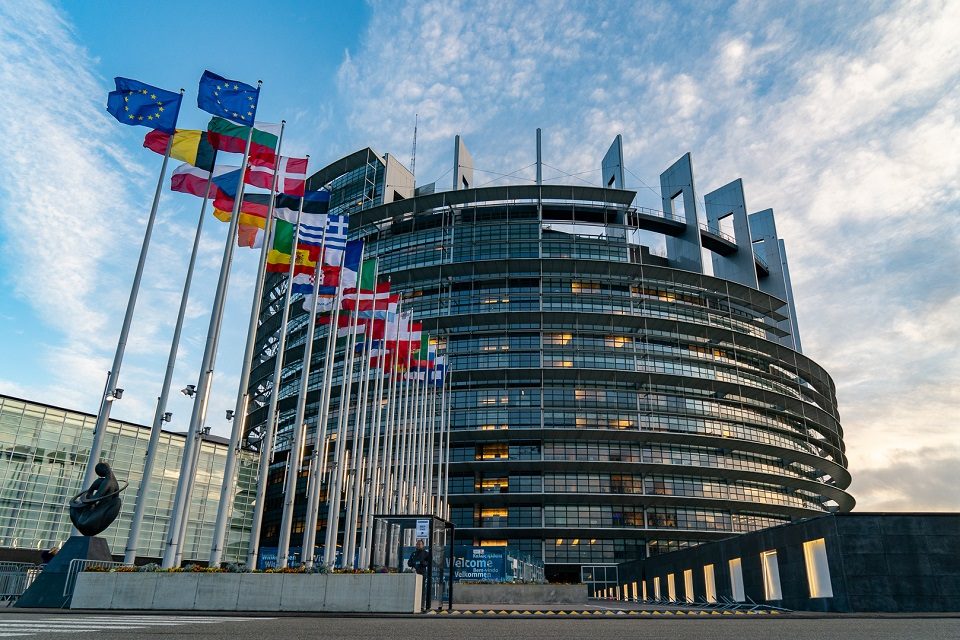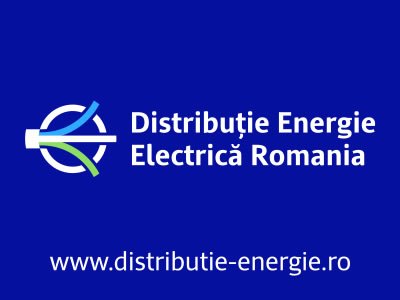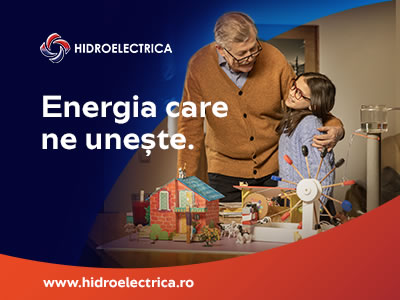EU Parliament agrees revision of the Energy Performance of Buildings Directive

MEPs and the Spanish Presidency of the Council informally agreed on Thursday on plans to help reduce energy consumption and greenhouse-gas emissions from the buildings sector. The proposed revision of the Energy Performance of Buildings Directive aims to substantially reduce greenhouse gas (GHG) emissions and energy consumption in the EU building sector by 2030 and make it climate neutral by 2050. It also aims to have more worst-performing buildings renovated and improve information-sharing on energy performance.
All new buildings should be zero-emission as of 2030; new buildings occupied or owned by public authorities should be zero-emission as of 2028. Member states will be able to consider the life-cycle global warming potential of the building, which includes the production and disposal of construction products.
For residential buildings, member states will have to put in place measures to ensure a reduction in the average primary energy used of at least 16 percent by 2030 and at least 20 to 22 percent by 2035.
Member states will have to renovate the 16 percent worst-performing non-residential buildings by 2030 and, by 2033, the worst-performing 26 percent through minimum energy performance requirements.
If technically and economically suitable, member states would have to deploy solar installations progressively in public and non-residential buildings, depending on their size, and in all new residential buildings by 2030.
Member states will adopt measures to decarbonise heating systems and phase out fossil fuels in heating and cooling with a view to completely phasing out fossil fuel boilers by 2040. Member states will also have to stop subsidising stand-alone fossil fuel boilers as of 2025. Financial incentives will still be possible for hybrid heating systems, such as those combining a boiler with a solar thermal installation or a heat pump.
Agricultural buildings and heritage buildings can be excluded from the new rules, while EU countries may decide to also exclude buildings protected for their special architectural or historical merit, temporary buildings, and churches and places of worship.















